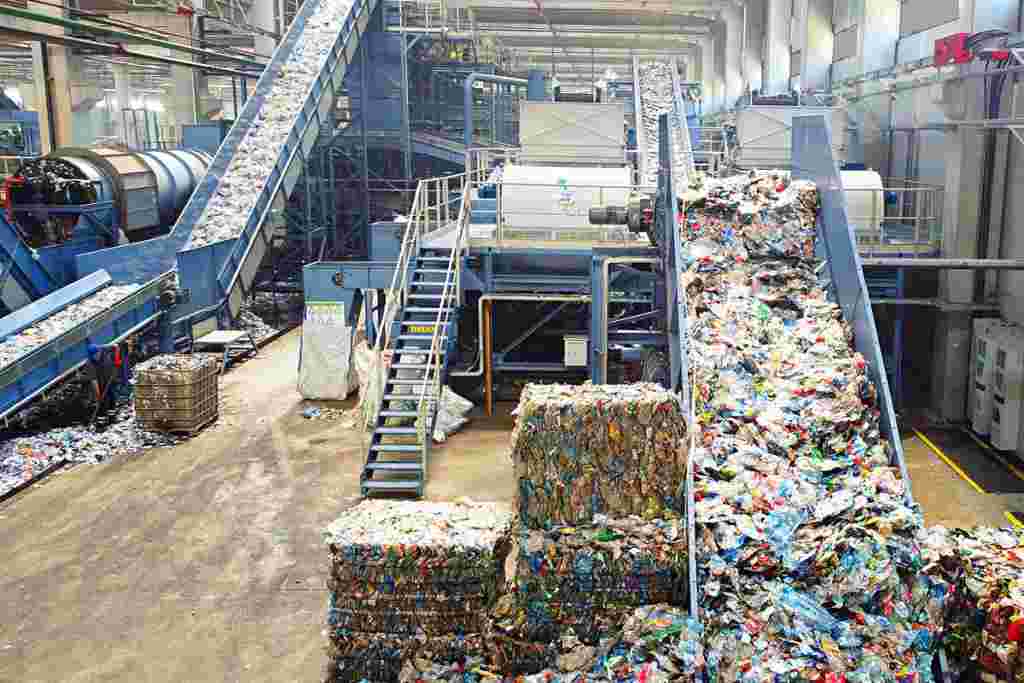In today’s environmentally conscious and sustainability-driven world, the recycling industry plays a crucial role in minimizing waste and conserving natural resources. One of the most in-demand recyclable materials is HDPE drum scrap, known for its high strength, durability, and versatility. HDPE, or High-Density Polyethylene, is widely used in industrial packaging and containers, especially in the form of large blue or white drums. Once these drums have served their original purpose, they are collected and recycled into various new products, giving them a second life and reducing the environmental footprint.
What Is HDPE Drum Scrap?
HDPE drum scrap refers to used or discarded plastic drums made from high-density polyethylene. These drums are typically used for storing and transporting liquids like chemicals, oils, and detergents. After their initial use, these containers are cleaned, processed, and shredded into scrap material that can be reused by manufacturers.
Due to its strong molecular structure, HDPE plastic is non-toxic, weather-resistant, and has a high resistance to impact and chemicals. This makes it an ideal material for recycling and repurposing. Recycled HDPE can be molded into a wide range of new products, including piping, plastic lumber, containers, and even outdoor furniture.
Benefits of Recycling HDPE Drum Scrap
Recycling hdpe drum scrap offers a multitude of benefits, not just from an environmental standpoint but also economically. Here’s how:
Reduces Plastic Pollution: Recycling prevents HDPE drums from ending up in landfills or the ocean, helping reduce global plastic waste.
Energy Efficiency: Manufacturing products from recycled HDPE requires significantly less energy than producing new plastic from raw petrochemicals.
Conservation of Resources: By recycling used HDPE, industries reduce the demand for virgin plastic, conserving petroleum and other finite resources.
Economic Opportunities: The recycling and resale of HDPE drum scrap create job opportunities and stimulate local economies in waste management and manufacturing sectors.
How HDPE Drum Scrap Is Processed
Once collected, HDPE drums go through several stages of processing before being reused:
Collection and Sorting: The drums are gathered from various sources and sorted based on color, size, and grade.
Cleaning: All residual chemicals or contaminants are thoroughly washed off to ensure the scrap is safe for handling and recycling.
Shredding: The clean drums are cut into small pieces or flakes using industrial shredders.
Melting and Extrusion: The shredded HDPE is melted and molded into pellets or directly into new shapes, depending on its intended use.
This closed-loop process is highly efficient and ensures minimal waste is generated during recycling.
Common Uses of Recycled HDPE Drum Scrap
Recycled HDPE drum scrap is in high demand across various industries. Some of the most common applications include:
Construction materials such as drainage pipes and plastic lumber
Agricultural supplies like fencing and water storage units
Consumer goods including bins, containers, and crates
Automotive parts, including under-hood components and fuel tanks
The versatility of HDPE ensures that scrap material can be transformed into both industrial and commercial products, maintaining its value even after initial use.
Things to Consider Before Buying HDPE Drum Scrap
Whether you're purchasing for manufacturing purposes or recycling, consider these important points:
Purity and Cleanliness: Ensure the scrap is free from contaminants and hazardous residues.
Color and Grade: HDPE scrap comes in various colors and grades. Choose according to your processing requirements.
Quantity: Bulk buying can reduce costs and ensure consistent supply.
Source Reliability: Work with trusted and verified sources to maintain quality control in your supply chain.
Final Thoughts
As global awareness about sustainability grows, the demand for recyclable materials like hdpe drum scrap continues to rise. Whether you’re in the business of recycling or manufacturing, investing in quality HDPE scrap can bring both environmental and economic benefits. With proper processing, this material can be repurposed countless times, contributing to a greener, more resource-efficient future.




